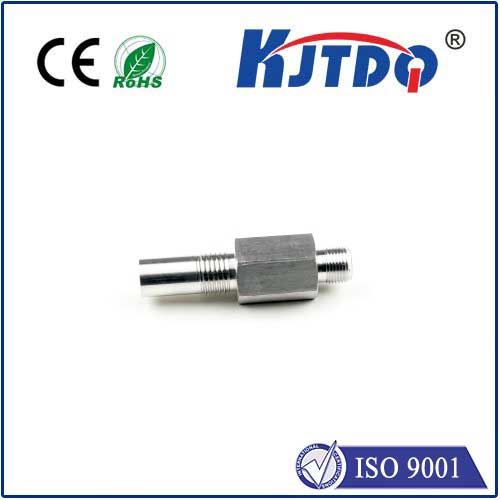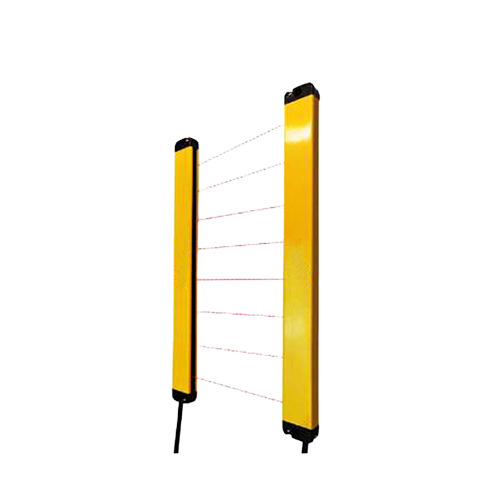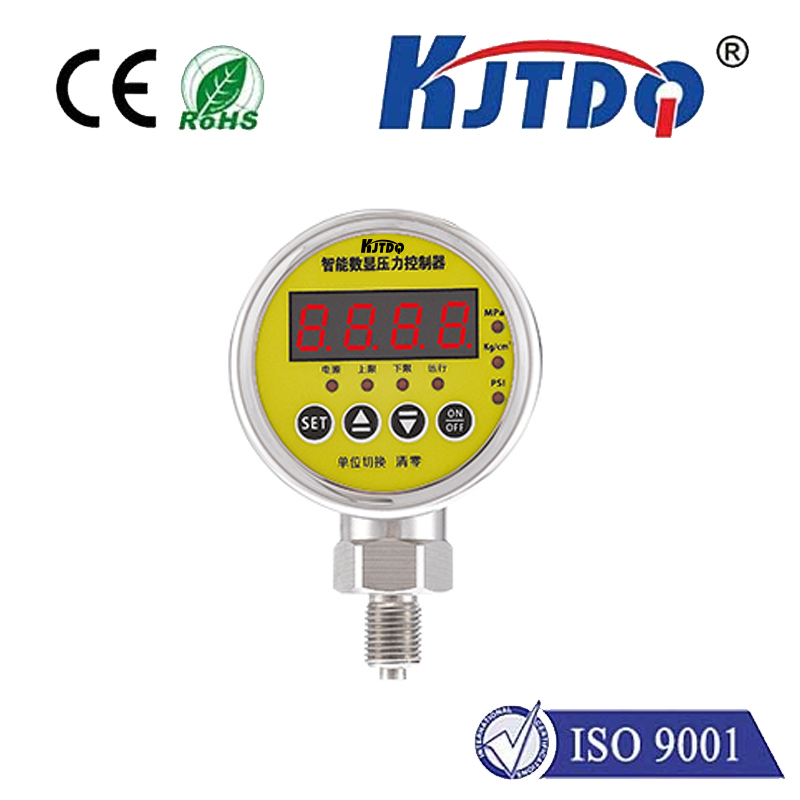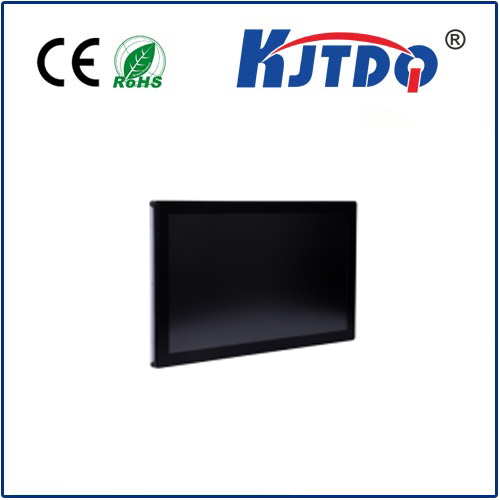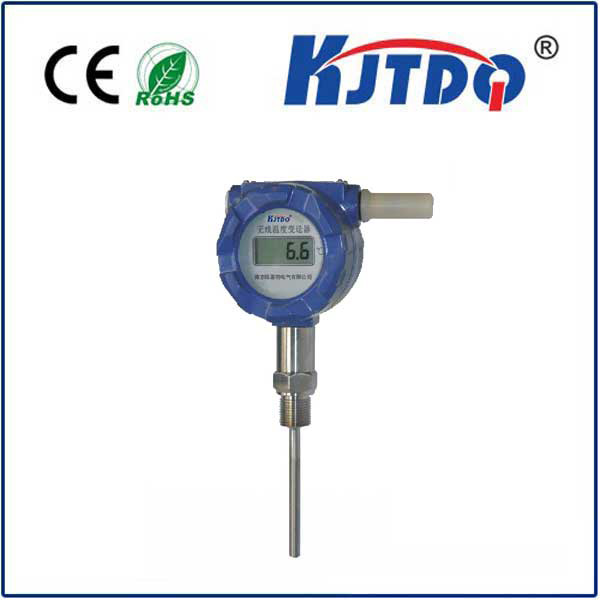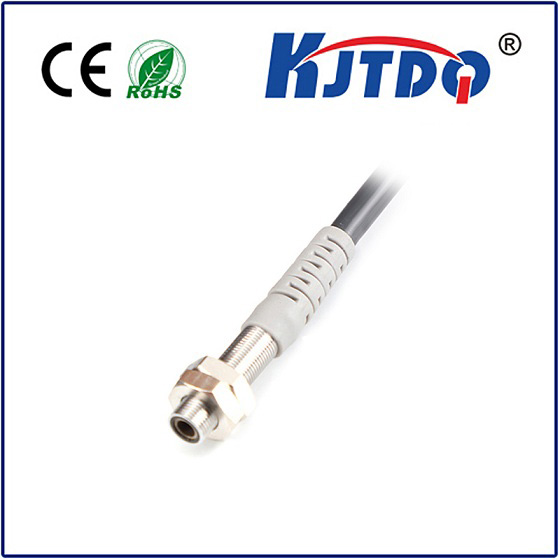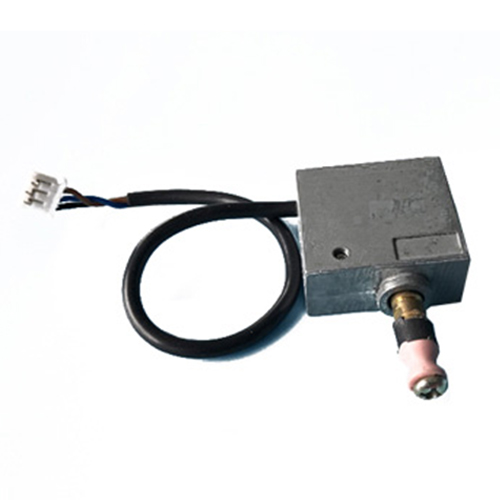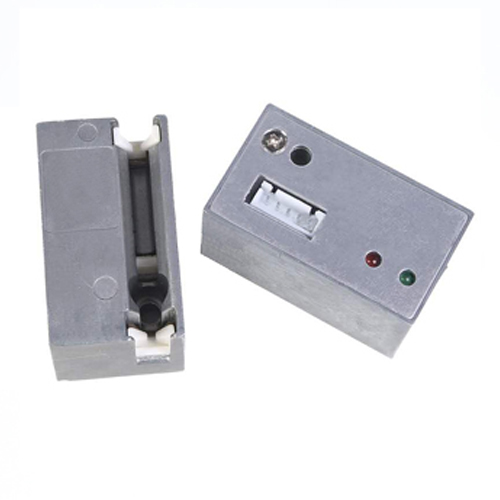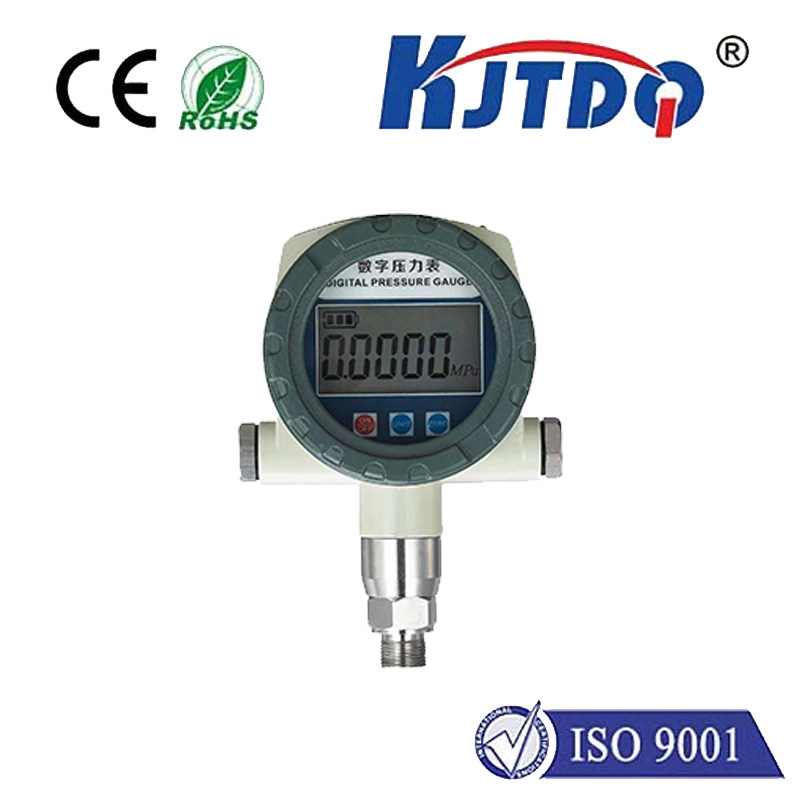

check

check

check

check

check

check

check

check

check

check
Title: The Evolution of Sensing Technology: Understanding the Photoelectric Level Sensor
The advancement of technology has revolutionized various industries, and sensors have played a significant role in this transformation. One such technological breakthrough is the photoelectric level sensor. This article aims to explore the concept, working principle, applications, advantages, and limitations of this innovative sensor technology.
Introduction
A photoelectric level sensor is a device that utilizes light to detect the presence or absence of a substance, typically liquid or granular materials, within a specific area. It employs the principles of optics and electronics to accurately measure levels without physically interacting with the material being monitored.
Working Principle

At the core of a photoelectric level sensor is its ability to transmit and receive light. The sensor consists of a light source, typically an LED or laser diode, which emits light towards the monitored substance. When the light beam comes into contact with the material, it is either reflected back or absorbed, depending on the nature of the substance. A receiver, usually a photodiode or phototransistor, detects the changes in light intensity caused by the presence or absence of the substance. This information is then processed by an electronic circuit, resulting in an output signal that indicates the level status.
Applications
Photoelectric level sensors find extensive use in various industries due to their non-invasive nature and accuracy. In the pharmaceutical industry, they are employed for monitoring liquid levels in vats and tanks during production processes. In chemical manufacturing, these sensors ensure precise measurement of hazardous materials without contamination risks. Additionally, they are used in food processing to maintain hygiene standards by avoiding direct contact with the ingredients. Other areas where photoelectric level sensors are utilized include wastewater treatment, oil storage, and agriculture.
Advantages
One of the primary advantages of photoelectric level sensors is their non-contact operation, reducing wear and tear and extending their lifespan. They offer high accuracy and repeatability, making them suitable for critical applications requiring precise measurements. These sensors also exhibit excellent resistance to corrosion and can operate effectively under harsh environmental conditions. Furthermore, they provide easy installation and maintenance due to their compact design and simple configuration requirements.
Limitations
Despite numerous benefits, photoelectric level sensors have some limitations. Their effectiveness can be influenced by factors such as ambient light interference, color variation, and transparency of the monitored substance. To overcome these challenges, advanced models incorporate features like auto-tuning, multi-frequency operation, and intelligent algorithms to enhance performance and reliability.
Conclusion
In conclusion, the photoelectric level sensor represents a significant advancement in sensing technology. Its combination of optical principles and electronics enables accurate and reliable level detection across diverse industries. As technology continues to evolve, we can expect further improvements in photoelectric level sensors, addressing current limitations and expanding their application potential.
